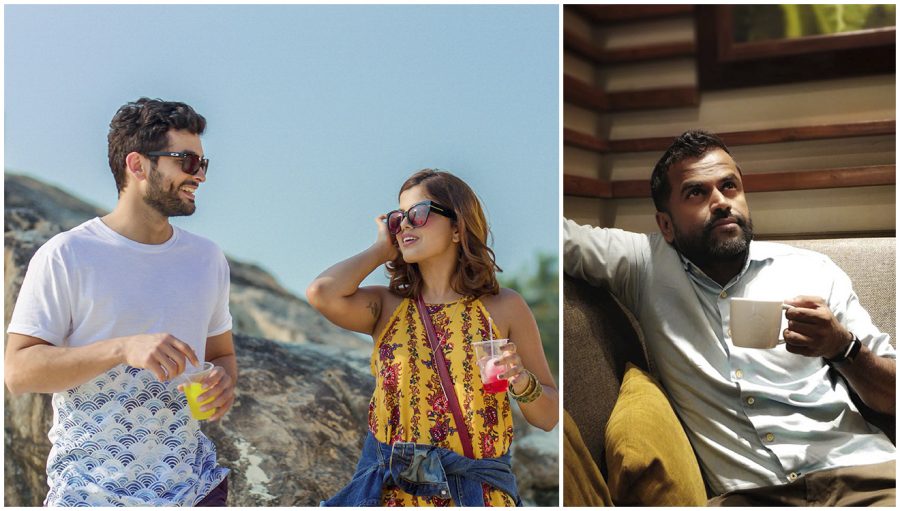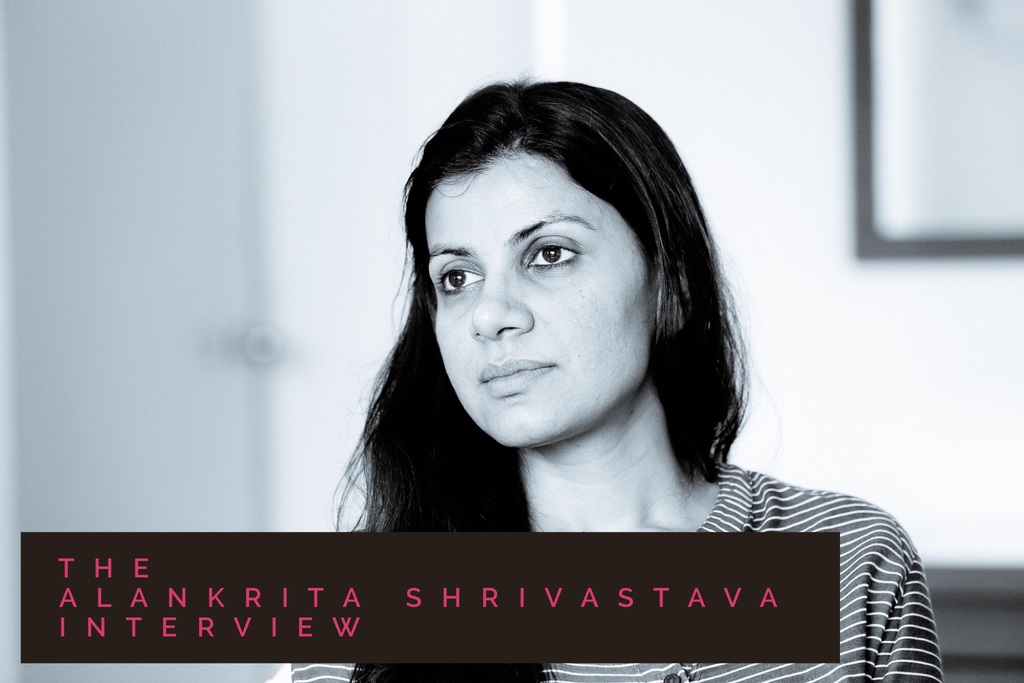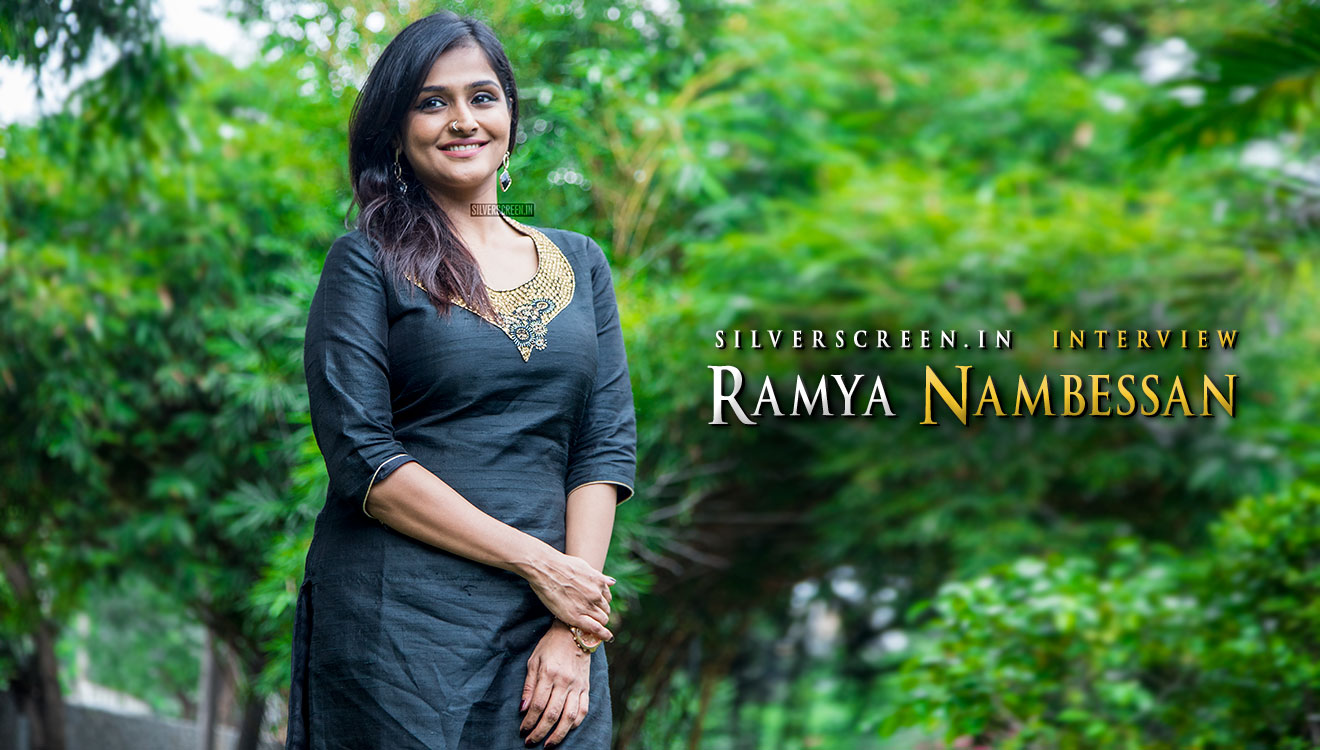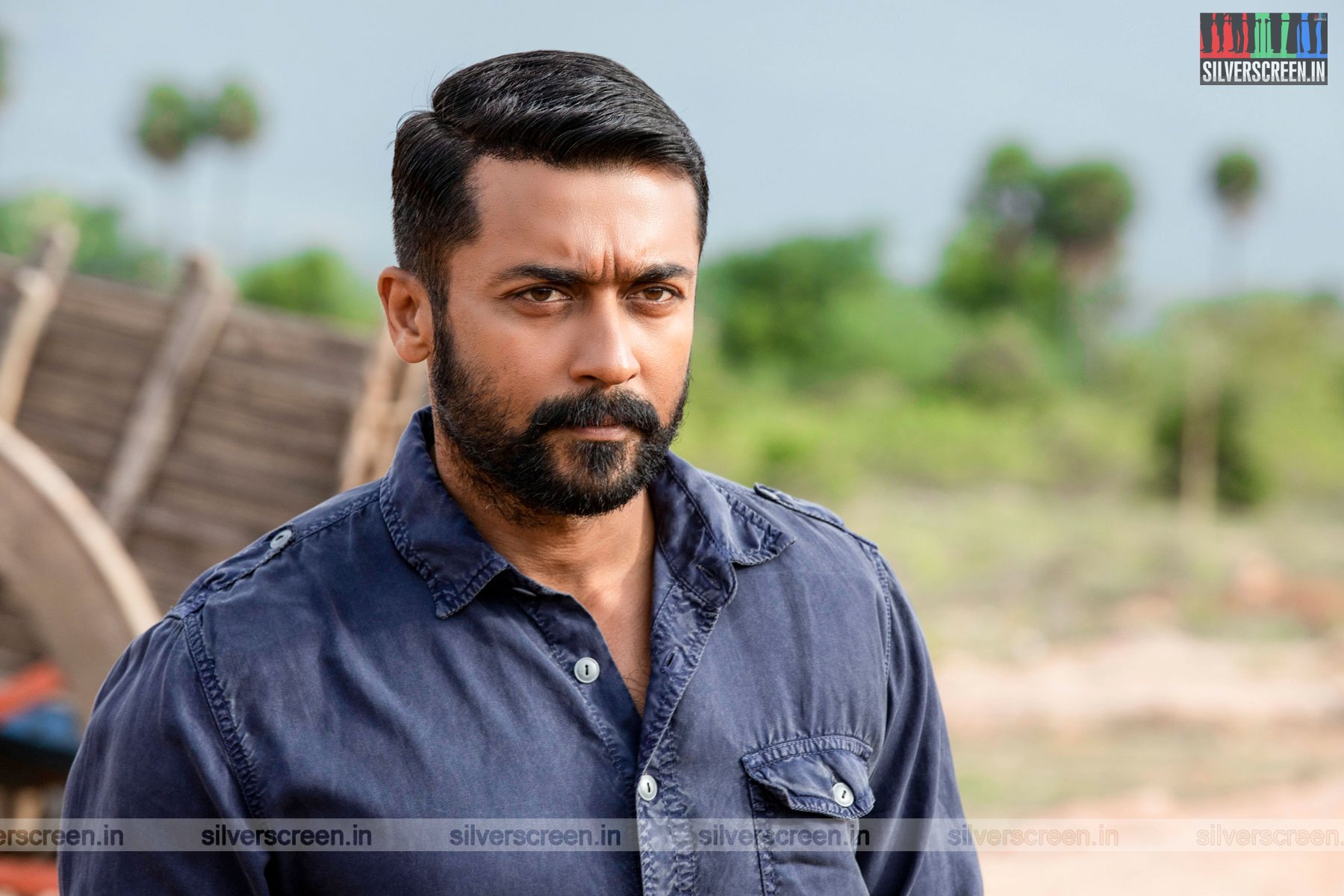Indian cinema, in the last fortnight, offered an eclectic mix of films with Karwaan and Mulk in Hindi, Chi La Sow and Goodachari in Telugu and the endearing Katheyondhu Shuruvagidhe in Kannada by debut director Senna Hegde.
Katheyondhu has gone against the grain in many ways – a slice-of-life story, characters that defy stereotypes, organic performances and the sea that plays a soothing lullaby but also roils when someone is in grief. It’s not a film that one would associate with a star like Diganth, who has rarely been cast in a role that demands a certain maturity, a role that looks beyond his good looks. Pooja Devariya from the Tamil stage and film industry is not your typical heroine, either. And, alongside the lives of Tarun (Diganth) and Tanya (Pooja) are those of Murthy Uncle and Radha Aunty and Pedro and Swarna – the former couple inspires and the latter seeks validation.
Did Senna ever worry about how people would perceive a film that veers far away from the expected grammar to create a language of its own? “To be honest, I started worrying only after the film was wrapped up. I showed it to some friends who loved the film, but also wondered how the audience would accept it. I knew this was a difficult film to benchmark, it flows differently, but I hoped people would like it,” he says, in between promotion visits.
But, if Senna were to make a movie, it would have to be like Katheyondhu as he grew up in a border town – Kanhangad in Kerala, close to Mangaluru in Karnataka – and watched a healthy mix of Malayalam and English films. “It’s hard to shake off that influence while telling a story,” he admits.
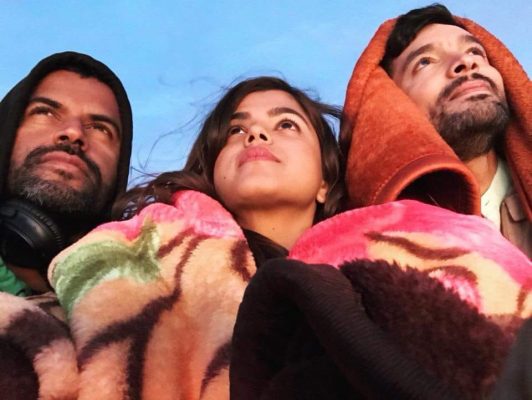
35530722_10160486121170174_5379915574438526976_n
Online reviews and audience feedback are varied. Some feel the film is slow, others compare it to a Malayalam film, which is high praise these days, and others take umbrage that people are not proud of a Kannada film that’s truly different.
The film got written in less than a week. Senna confesses he’s a procrastinator, but fast once he puts pen to paper. Soon after actor Rakshit Shetty and Pushkar (the producers) liked the idea, Senna started exploring casting options. “Actually, Diganth was my only choice for Tarun. I had an urban landscape in mind, and he had the look and feel for the part,” says Senna. Katheyondhu is a talking film too, and it helped that Diganth has been part of one before – Pawan Kumar’s Life Ishtene.
Senna was sure about how he wanted to shoot too – the actors could improvise and he would step in only when needed. “I shot in sync, because shooting and dubbing call for different frames of mind, and if they don’t match, the end result is bad. Pooja worked hard on her Kannada. I had to dub just about 10 per cent of her portions in the studio. The rest knew the language and could change the dialogue as long as they got the spirit and intent of the scene. Yes, there were crucial words that could not be changed, but the rest was fluid. Many scenes were canned as long takes and the actors did a great job.”
The film, which has been doing well in multiplexes and reasonably so in some single screens, is packed with conversation – everyday inanities, deep philosophical talk, angry rants, heartbroken confessions… most of it in Kannada, some in English. That’s a hat tip to the life Senna has led too – studying in India and living abroad for 20 years before moving back.
Among the film’s strongest pillars are Murthy and Radha, a couple past their middle age who think young, and where Radha addresses her husband in the singular. “It was not a concerted effort to present them this way; it was quite organic. The idea was to show how some elders change with time and become adaptable. They travel, listen to music, are well read and aware of pop culture,” says Senna.
Among the criticism that has come the film’s way is the character flaw in Murthy – he loves waiting by the walking track, tender coconut in hand, seeing the girls go past, and even grading them. “I have known such people who love their spouses, but also indulge in this,” explains Senna.
For Diganth, the film offered a departure from the roles he was doing, and it fell in a space that offered a certain respect. “I knew that whether it worked or not, it would give me 100 per cent work satisfaction, and this is a film that’s going to be very close to my heart, for a long, long time,” he tells Silverscreen.
Diganth faced a peculiar challenge. Tarun’s life looks unflappable at first look; but, there’s a cauldron of bubbling emotions beneath that surfaces in fleeting moments — eyes that mist over while driving, an extra pause while walking, measured gestures… “I had to portray and carry my emotions without letting them show on my face. We all know what has happened with Tanya, but everything is an undercurrent in Tarun’s life.”
The feedback to his role also had people worrying about how distracted Tarun looked while driving. “Many told me that, but it was not intentional,” he laughs.
One thing that the film has done is show people that Diganth can pull off a mature character. “I needed a role like Tarun at this point of my career. It was the right call to take. I knew that Pooja would get all the accolades, because she’s fantastic as Tanya; I’m delighted people have noticed me the way they have.”
Tanya is the kind of character that does not come calling often. She tells Tarun her husband is dead, and embarks on a pre-booked honeymoon to sort out her grief. If Tarun’s journey is within, hers involves physical travel to get there. For Pooja, this film was an opportunity to break stereotypes about her. “I’ve been very active on stage and have been taking up varied roles in Tamil cinema, but no one has ever seen me as a lead actor who can hold a film,” she says.
How she landed the film is a long story. Rakshit is good friends with Karthik Subbaraj who directed her in Iraivi. I casually messaged Rakshit about two years ago, and when they were casting for this film, he suggested my name. I have seen some lovely films in Kannada and was looking to explore options in the language. “If an actress has to make a mark, she needs screen-time. This film provided me that,” she says.
The actress credits the long years of theatre training (she is part of Chennai-based Stray Factory) with helping her essay Tanya the way she did, be it when she beams in amazement before breaking into tears seeing the sunrise from a hill top, or during her outburst closer to the climax.

KS010083
One thing that stands out in the film is how Tarun respects spaces. When Tanya cries the first time, he hands her a box of tissues, standing at arm’s length. Midway through the film, they almost match each other’s pace while walking and cycling. It takes the sunrise atop the hilltop for him to close the distance and envelop her in a hug. Like in the Telugu Chi La Sow, the man waits for the woman to make the first move, even if the wait is agonising.
Senna is delighted people have read the film the way he wrote it. “I was surprised people caught the one important thing in the climax. For a talking film, the climax is only about expressions and the background music,” he says.
Recommended
Locations are also a huge plus for the film, which was shot on the Karwar-Udupi highway, Kapu beach, Malpe, Padubidri, Puducherry and Kolukkumalai near Idukki (the sunrise scene).
So, what inspired the character of Tarun, a business analyst who gives it all up to run a resort? “Well, I used to be a business analyst once, one of the character traits I lent Tarun,” laughs Senna, who is awaiting the release of his maiden feature film documentary 0-41*, a film about volleyball set in his hometown of Kanhangad; it has been bought by Phantom Digital.
